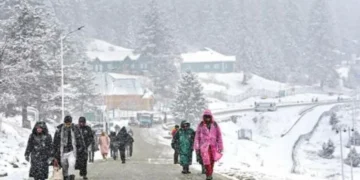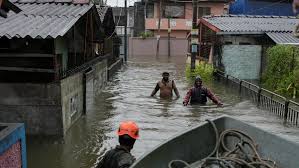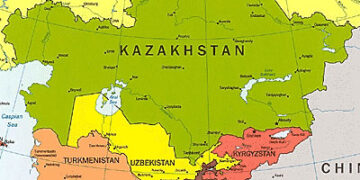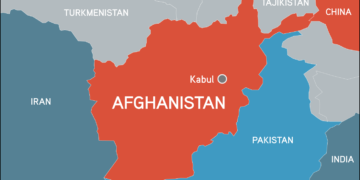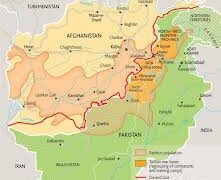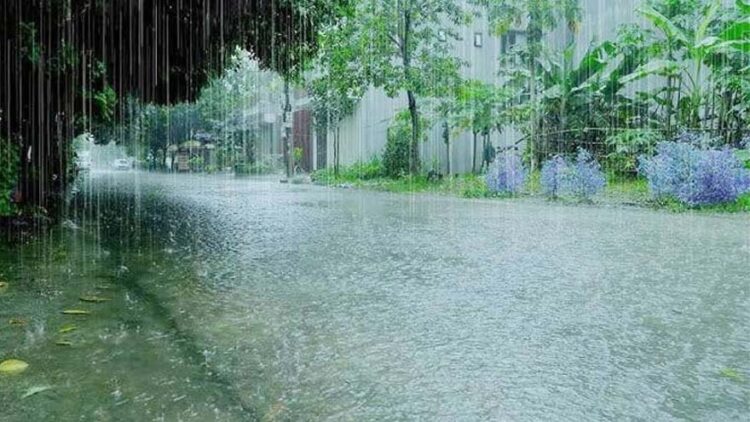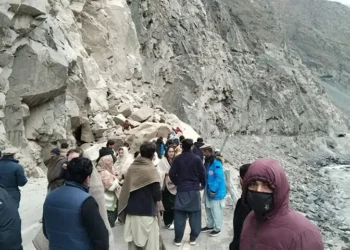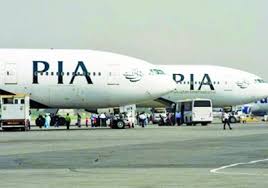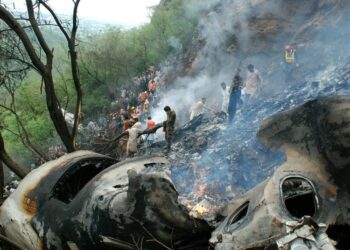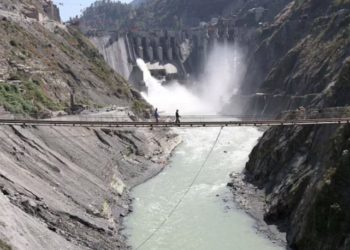Islamabad: The National Emergencies Operation Center (NEOC) of the National Disaster Management Authority (NDMA) has released a weather outlook forecasting moderate to heavy monsoon rainfall across various regions of Pakistan through July 10, 2025.
According to NDMA, the weather system is being fueled by enhanced moisture inflow from the Bay of Bengal and the Arabian Sea, coupled with a prevailing westerly wave.
Significant rainfall accumulation is expected in the catchment areas of major rivers, particularly in North-Eastern and Central Punjab, Lower Sindh, Southern and North-Eastern Balochistan, Central Khyber Pakhtunkhwa, Azad Jammu & Kashmir, and parts of Gilgit-Baltistan.
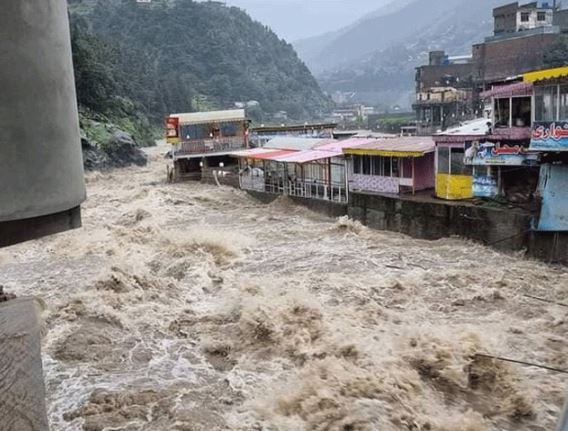
As a result of this system, increased water flows are anticipated in major rivers including the Kabul, Indus, and Chenab. Currently, rivers at Tarbela, Kalabagh, and Chashma are at low flood levels but may rise further. The River Chenab at Marala and Qadirabad is likely to reach low flood thresholds during this period. River Swat and Panjkora, along with their tributaries and local streams, may experience swelling due to heavy rainfall. In North-Eastern Punjab, nullahs originating from the Pir Panjal range could also see significant rises, causing localized flooding.
Similarly, the River Jhelum in Azad Jammu & Kashmir and its tributaries are at risk of flash flooding, while the River Chitral and associated streams are also likely to be affected. In Gilgit-Baltistan, rapid increases in water levels are possible in the River Hunza and surrounding nullahs. Southern Balochistan may see swelling of streams originating from the Kirthar Range, especially in Awaran and Khuzdar, along with nullahs in the districts of Jhal Magsi, Kachi, Sibi, Qila Saifullah, Zhob, and Musakhel.
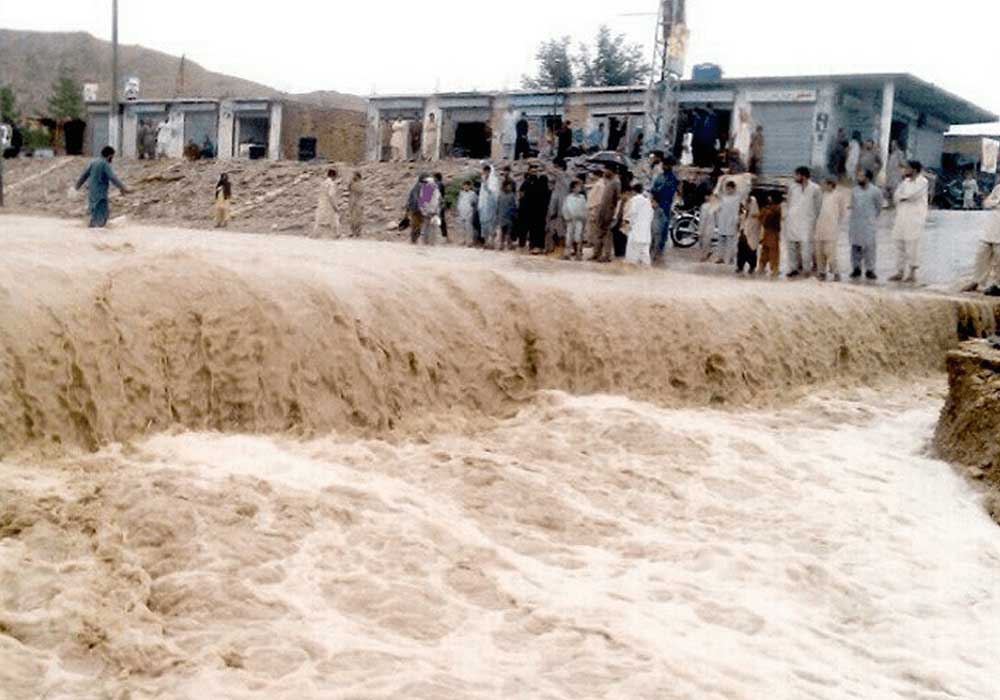
NDMA has advised residents living near flood-prone rivers and streams, including the Indus, Kabul, Chenab, Jhelum, Swat, Panjkora, Chitral, Hunza, Gaj, Zhob, Nari, and the Kachi Plains, to remain vigilant for sudden rises in water levels, particularly during night hours and intense rainfall. The public is strongly urged to avoid crossing causeways, low bridges, and flooded roads, and to stay informed through official flood alerts via television and mobile notifications.
Communities are advised to move valuables and livestock to higher ground, prepare emergency kits with food, water, and medicines sufficient for 3 to 5 days, and identify safe evacuation routes ahead of time. Urban authorities have been directed to ensure dewatering pumps and machinery are operational to handle potential water accumulation.
NDMA emphasized that it remains in close coordination with Provincial Disaster Management Authorities, district administrations, and other relevant departments to monitor developments and ensure swift response measures.
The Authority reiterated its commitment to protecting vulnerable communities and called on the public to stay alert, follow official advisories, and use the Pakistan NDMA Disaster Alert App for timely updates and guidance.





































